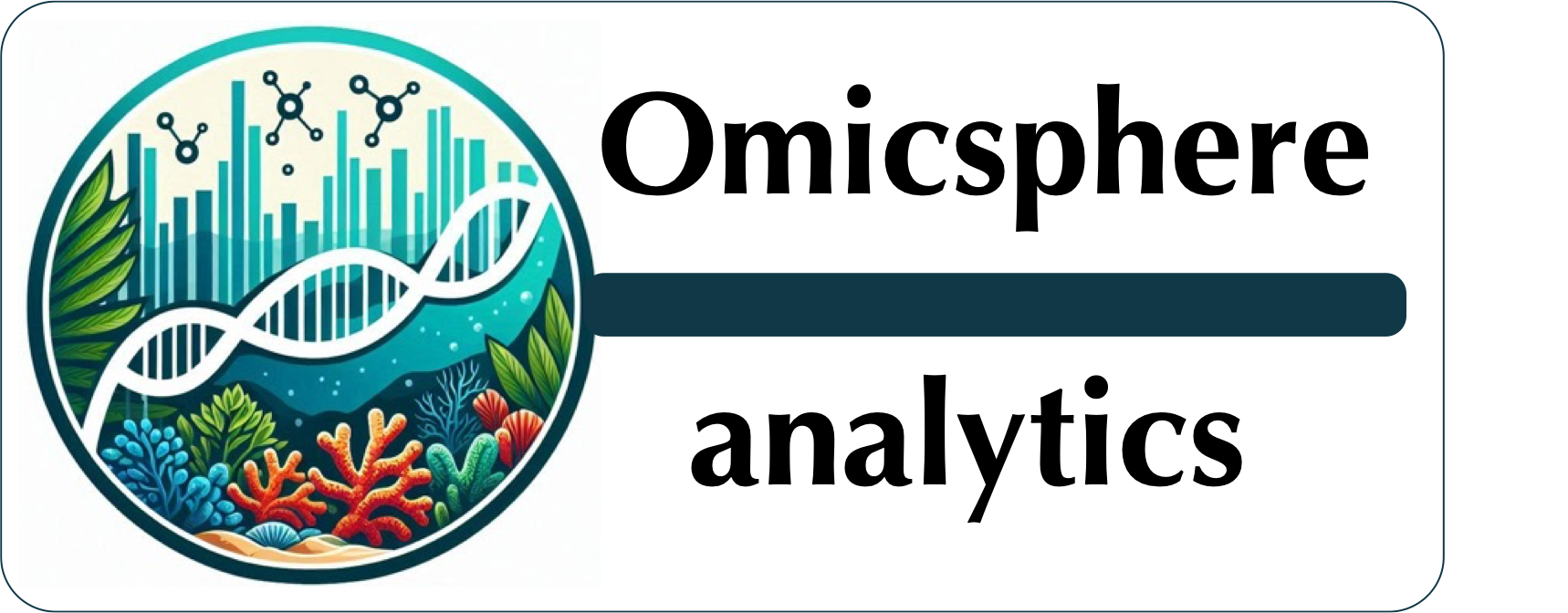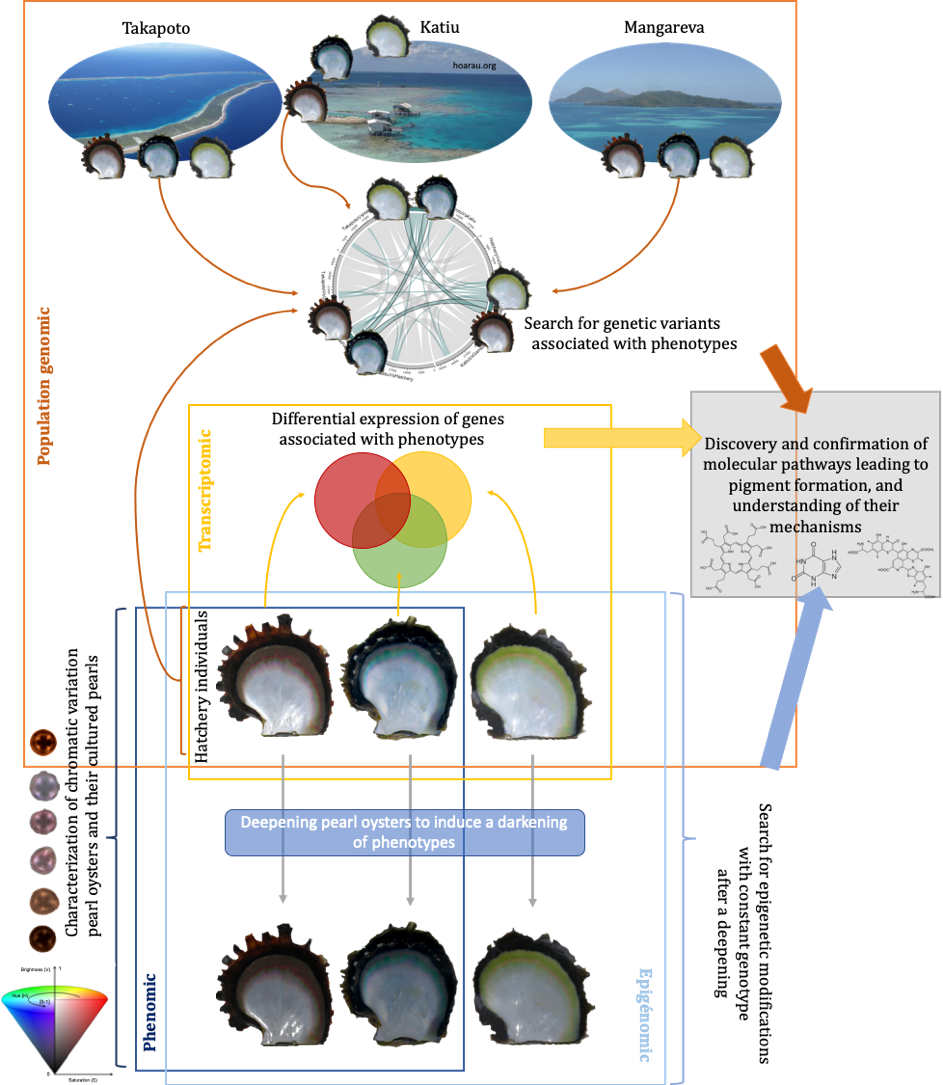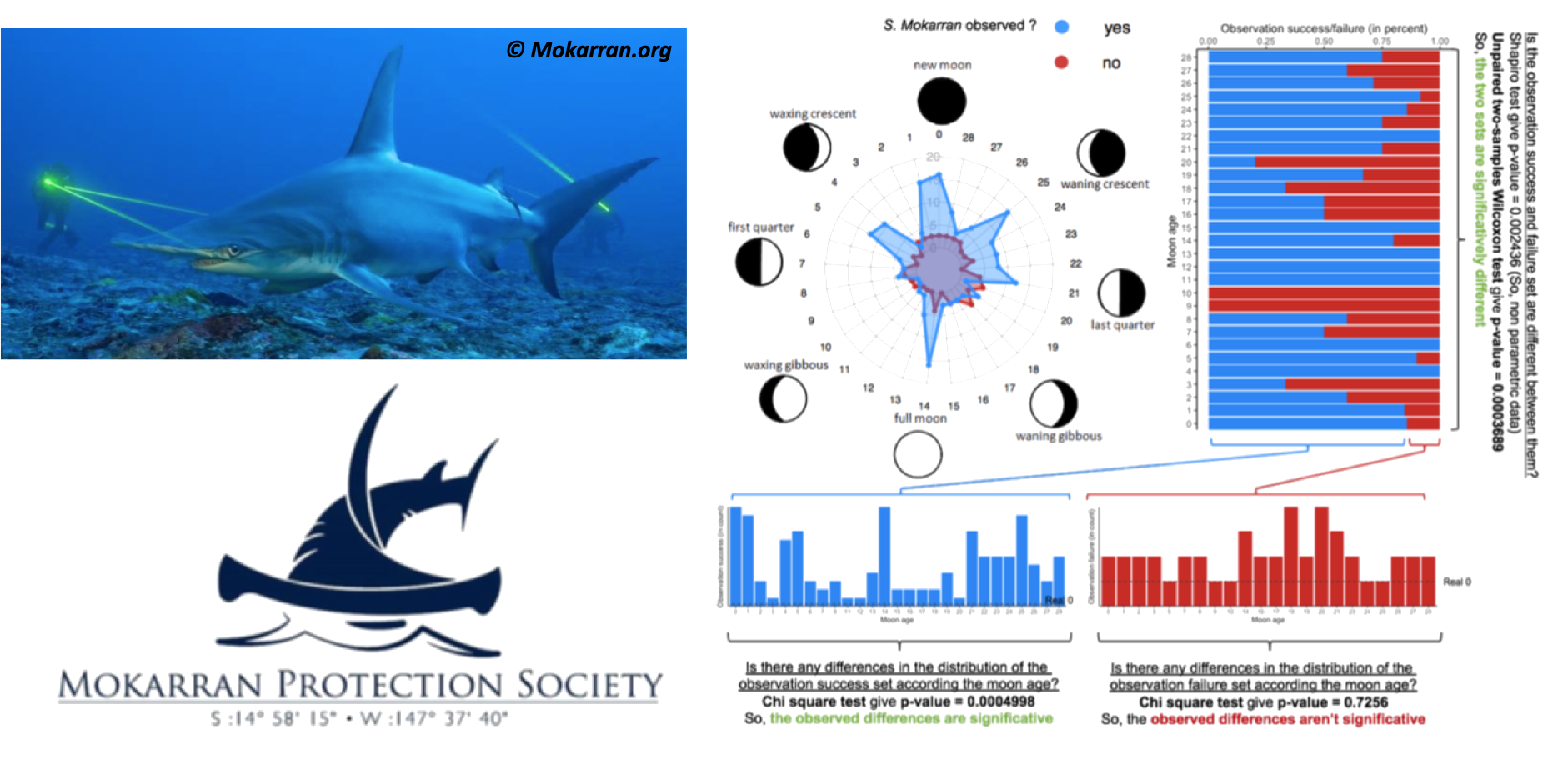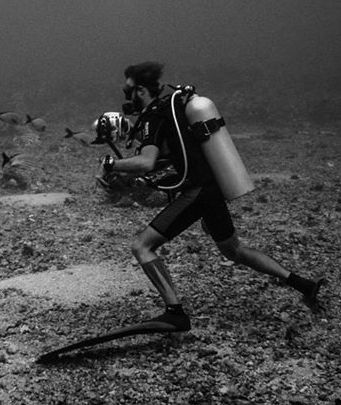About me
P.hD in biology and genomics (Pop. genomics, transcriptomics, epigenomics, paleogenomics and Metabarcoding).
Fourth post-doctoral position:
PostDoctoral position on the PaleoLab, within the Clermont-Auvergne-Rhône-Alpes’s INRAE in Clermont-Ferrand, France. DNA sequencing of archaeobotanical remains of our modern cultivated plants provides snapshots of the past which, compared to current genetic diversity, allow us to better understand the history of agriculture as a major process in the socio-economic structuring of human civilizations and communities.
Third position:

Second post-doctoral position:
PostDoctoral position on the New Caledonian Agronomic Institute, within the IRD’s campus in Nouméa, New-Caledonia.

Worked on tropical island diversity, metabarcoding and statistics analysis.
First post-doctoral position:
PostDoctoral position on the Lemer Invertebrate Genomics Lab, on the University of Guam during 10 month. 

My thesis story:
I realized my thesis with the Centre Ifremer du Pacifique - UMR EIO 241 (in Vaira’o, Tahiti, French Polynesia), the University of French Polynesia - UMR EIO 241 (in Punaauia, Tahiti, French Polynesia), the CRIOBE - UMR EIO 241 (in Paopao, Moorea, French Polynesia) and whith the Ifremer - UMR IHPE 5244 in Montpellier, France.

I studied the molecular processes that lead to the inner chromatic plasticity and diversity of the Blacklipped Pearl Oyster Pinctada margaritifera.  Briefly, the pearl oyster, Pinctada margaritifera var. cumingii (Linnaeus, 1758), is the second economic resource of French Polynesia. It is one of the only bivalves expressing such a varied range of internal shell coloring, and by correlation, pearl color. This phenotypic variability which were weakly characterized in the literature is partly under genetic control, but is also under environmental influence. In this context, my thesis were interested by identifying in three phenotypes of interest for pearl farming (red, yellow and green):
Briefly, the pearl oyster, Pinctada margaritifera var. cumingii (Linnaeus, 1758), is the second economic resource of French Polynesia. It is one of the only bivalves expressing such a varied range of internal shell coloring, and by correlation, pearl color. This phenotypic variability which were weakly characterized in the literature is partly under genetic control, but is also under environmental influence. In this context, my thesis were interested by identifying in three phenotypes of interest for pearl farming (red, yellow and green):
- i) a method to characterize these chromatic variations,
- ii) the key genes expressed during the formation of shells leading to contrasting color phenotypes;
- iii) the genetic variants responsible for the expression of these colors;
- iv) epigenetic mechanisms controlling the expression of chromatic plasticity in response to the environment.
The combination of these different fields made it possible to understand processes explaining the plasticity and the diversity of the pigmentary coloration of these phenotypes. These results allowed to identify a battery of genomic and epigenomic markers that will grant the future genomic selection of highly colored individuals. These informations coupled with the future results of genomic studies on other pearl quality criteria (luster, size, etc.) will make it possible to obtain reference populations selected by genomic markers for the production of high-quality graft donor pearl oyster lines. In addition to the importance of these results for pearl farming, this thesis improves our knowledge of pigmentation processes in bivalve and could favor the emergence of a new biological model for the multidisciplinary study of pigmentation.

Is there a sampling map to show you the location of some sampling site:

Older studies:

I also had the opportunity to work on various biological model, such as dolphins (Bottlenose dolphin Tursiops truncatus (Montagu, 1821) during master 2 internship and Commerson dolphin Cephalorhynchus commersonii (Lacépède, 1804) during non-obligatory master internship), alage (Lobophora variegata (Lamouroux, 1977) - during my license degree internship) and many bivalves (Mussels mytilus edulis (Linnaeus, 1758), Pacific Oysters Crassostrea gigas (Thunberg, 1793), scallop Mimachlamys varia (Linnaeus, 1758) during my master 1 degree internship (these 3 sp.), Macoma Limecola balthica (Linnaeus, 1758) during my engineer studies and the pearl oyster Pinctada margaritifera during this thesis)


Scientific volunteering:
Since 2019, I’m a scientific team member of the Mokarran Protection Society (Great hammer head shark Sphyrna Mokarran) for statistical analysis, reports writer, as a diver, etc.

